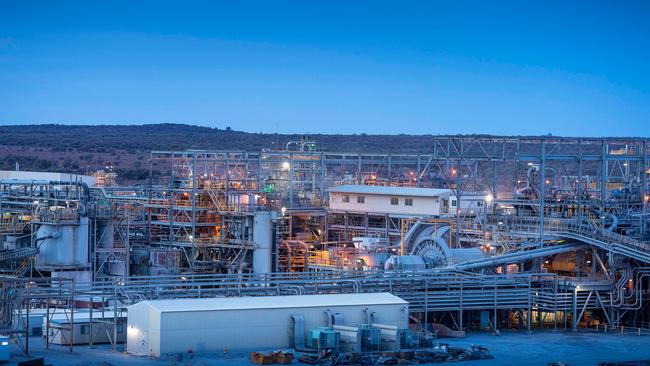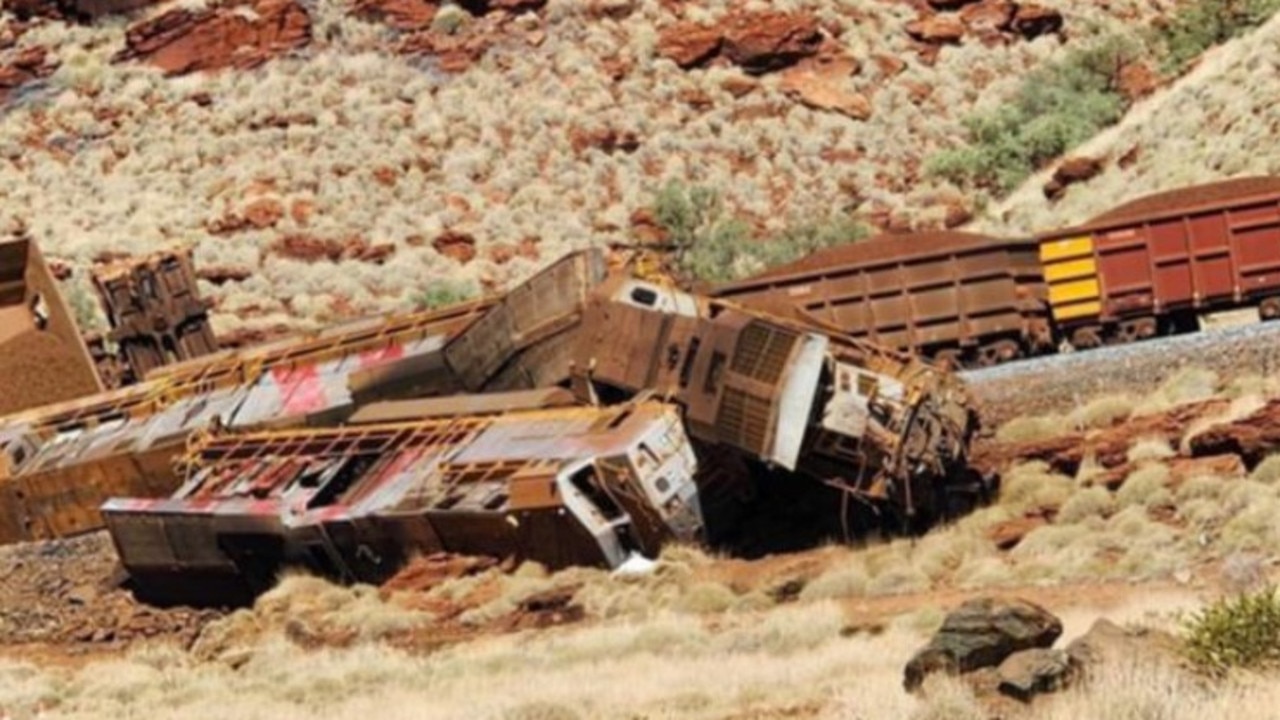BHP’s decision to pull the nickel plug wasn’t even a close call
With the EV boom deflating and Indonesia catching the big miners short, BHP’s decision shows how quickly mining can turn.

BHP chief executive Mike Henry has spent almost six months sweating the numbers and has landed at the same conclusion from when he went in: Australian nickel mining is in crisis and the outlook to the end of the decade looks dire.
The question is what sort of longer-term role does nickel have to play in Australia, as well as a future with BHP? From today’s vantage, the answer is deeply troubling.
After a marathon board meeting, BHP finally signed off on a call to mothball its Nickel West operations in Western Australia. With Nickel West bleeding cash, and the EV boom yet to arrive, the decision in the boardroom wasn’t even a lineball call.
The idea of mothballing is significant because there is a chance – albeit very slim – of BHP restarting nickel if the market starts turning by the end of the decade. That’s a big if, based around the EV revolution finally coming.
BHP’s Henry first sounded the alarm bells late last year as prices were collapsing and production in Indonesia was ramping up. The cheap Indonesia output has only accelerated, and Australian metal can’t compete in an oversupplied market. Combine this with a pullback in all kinds of green-aligned metals such as lithium collapsing, and even copper has been drifting sideways on rising stockpiles and worries about China.
Still, nickel is struggling to find any support at all, on a wave of excess production, and BHP’s decision means there’s no sign of the market turning in the next few years.
In February came the monster $5.1bn writedown as Henry suspended mining and processing – including at the Kalgoorlie smelter – while seeing if the numbers could work.
They didn’t, and the formal shift to care and maintenance has wiped out 3000 jobs, although BHP has committed to redeploy about 1600 front line nickel miners across Pilbara iron ore and South Australian copper, given the employment market remains so tight.

The decision has serious political implications, with concerns about the economy and cost of living starting to swamp the Albanese government. Indeed, it creates the optics of industrial relations overreach, with BHP’s chief executive among those to be so vocal about rising costs and increasingly rigid framework when it comes to employing more Australians. This closure comes on the back of a string of big heavy value-adding manufacturing job cuts, including Woodside paring back staff at its Pilbara site, east coast plastic maker Qenos closing operations, while a string of lithium and other nickel miners have shelved ambitions.
Back in February, the BHP boss conceded the industrial relations landscape wasn’t helping the nickel decision.
BHP on Thursday was at pains to keep the decision around pure market fundamentals over politics, noting government at both a federal and state level in Western Australia had been constructively working with the miner exhausting all options to keep nickel going.
It is cold economics and a collapse in prices that has finally forced BHP’s hand. It has pumped more than $US3bn into Nickel West in the past four years, but the losses are deepening, with the operations cashflow negative since then.
Nickel West is on track to lose $US300m ($450m) in the year to the end of June, and it is expected to sink another $US300m into writedowns.
“Ultimately, the market outlook is just not something that could be overcome in the medium term,” BHP’s Australian boss, Geraldine Slattery, said on a briefing.
She held out hope the market could turn by the end of the decade, given rising investment needed as the world shifts to renewables and take-up of EVs. That’s the thesis BHP is sticking with, and it is backing its conviction by spending $US450m annually for the next few years keeping the assets in good condition and with enough integrity so they will be ready to be restarted.
BHP’s patience won’t last forever. It has set a self-imposed deadline of February 2027 on whether it should pull the plug entirely. This decision won’t be made on pricing of the day, BHP will need to be satisfied there was an outlook deep into the 2030s needed to justify the investment needed in the business.
Like the speed of the Indonesian supply boom, a lot can change in a short period of time. But as of now, nickel’s place in Australia is fading fast.
More Coverage
Originally published as BHP’s decision to pull the nickel plug wasn’t even a close call





